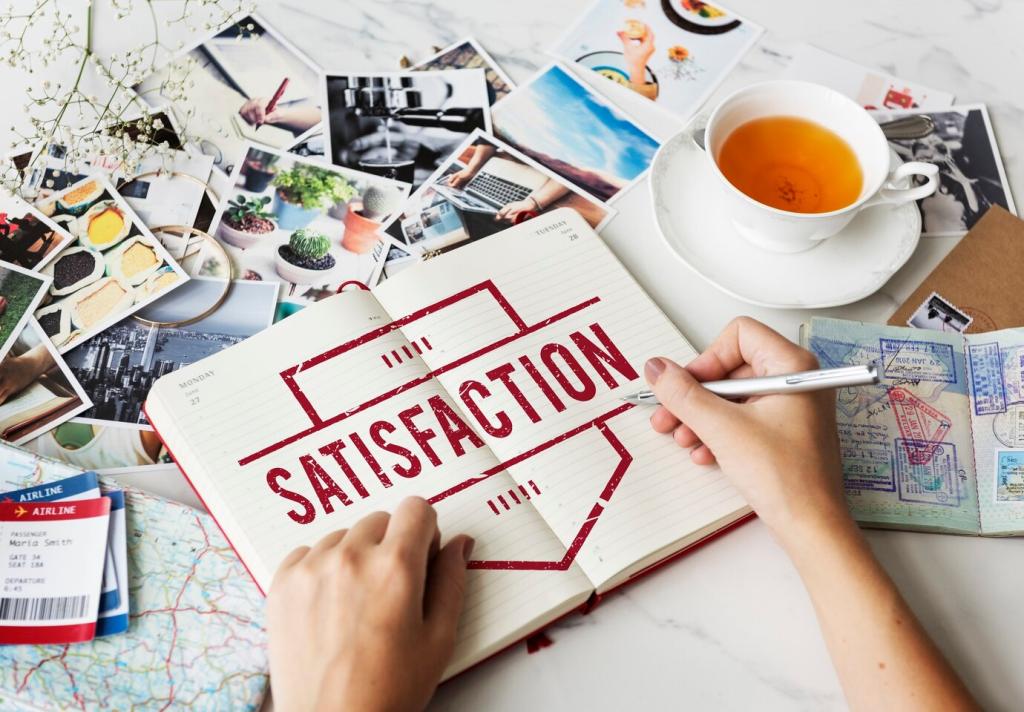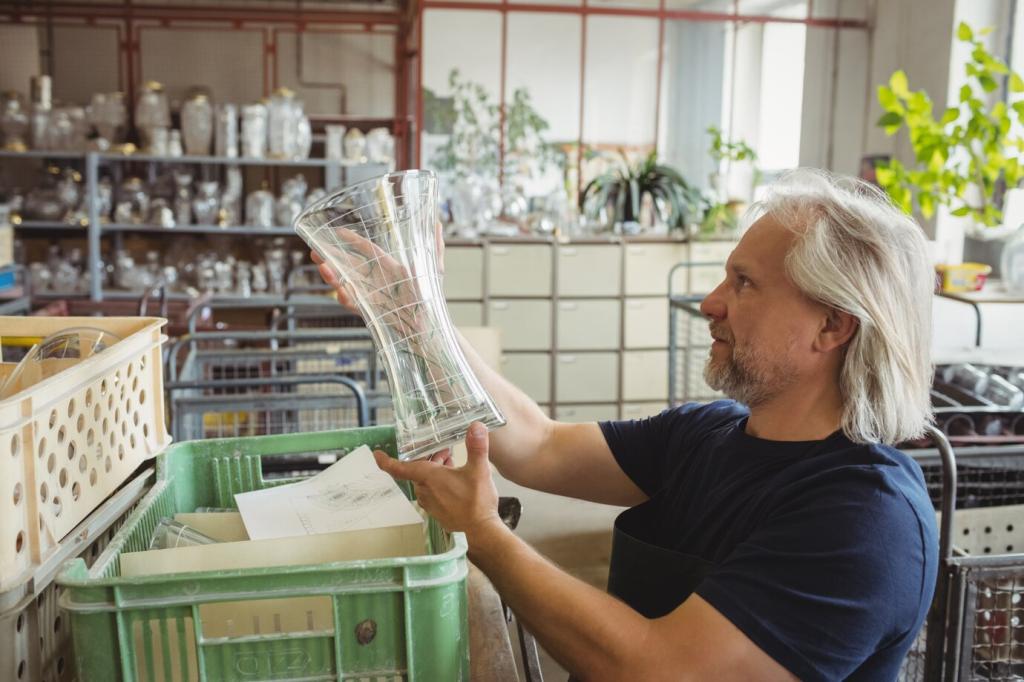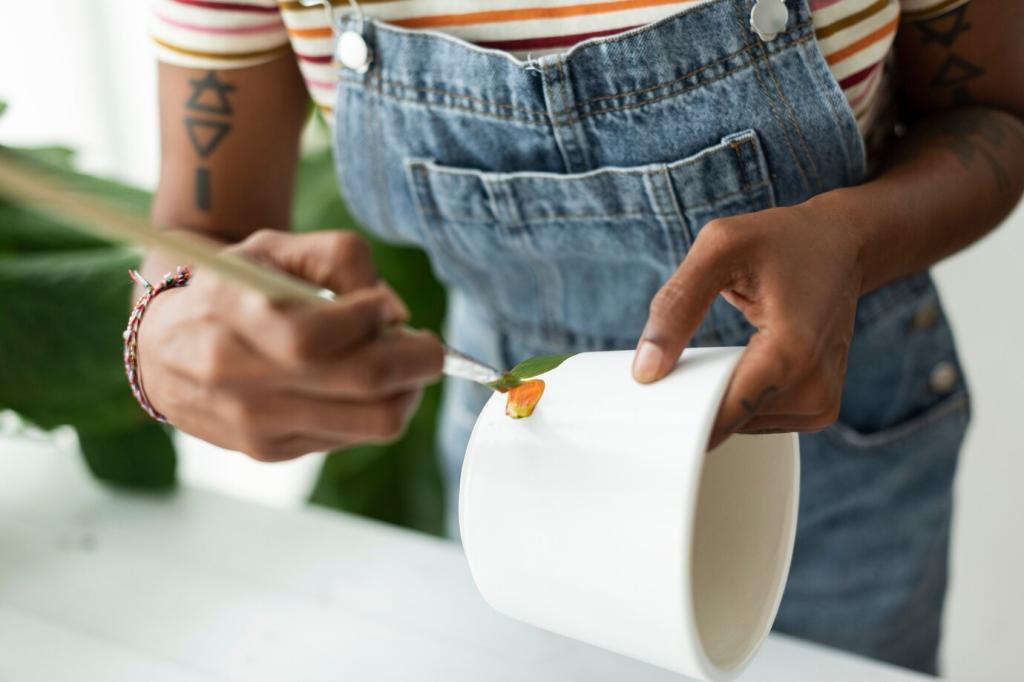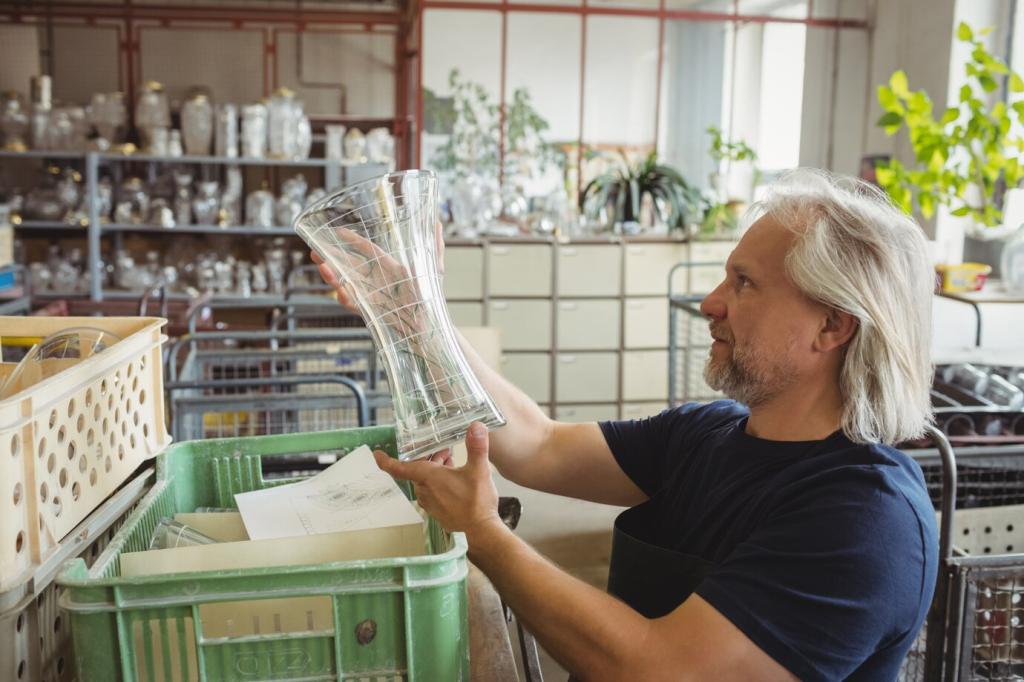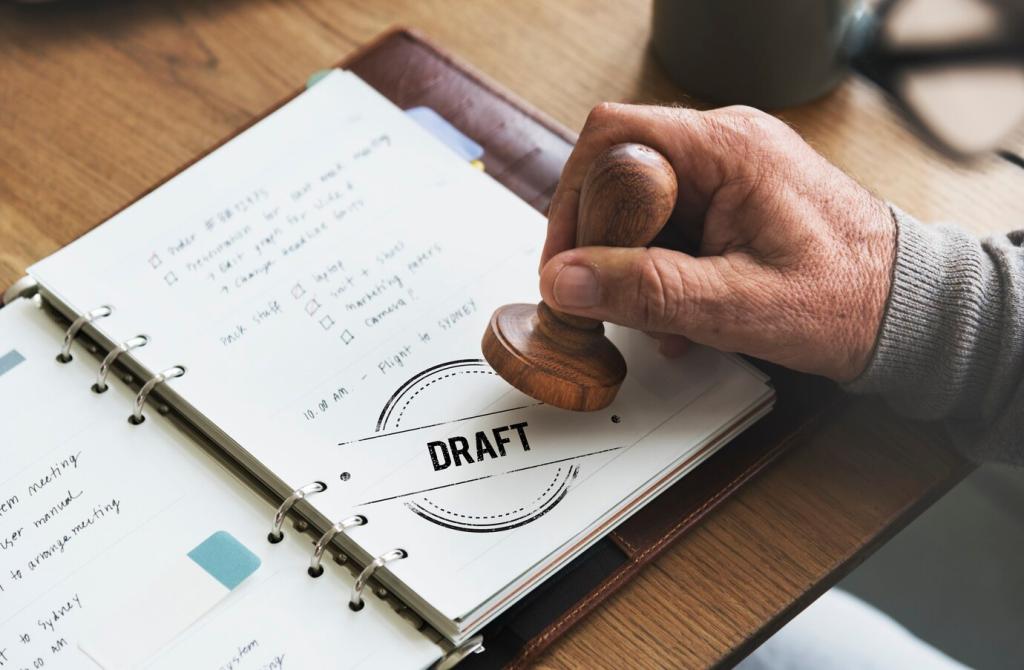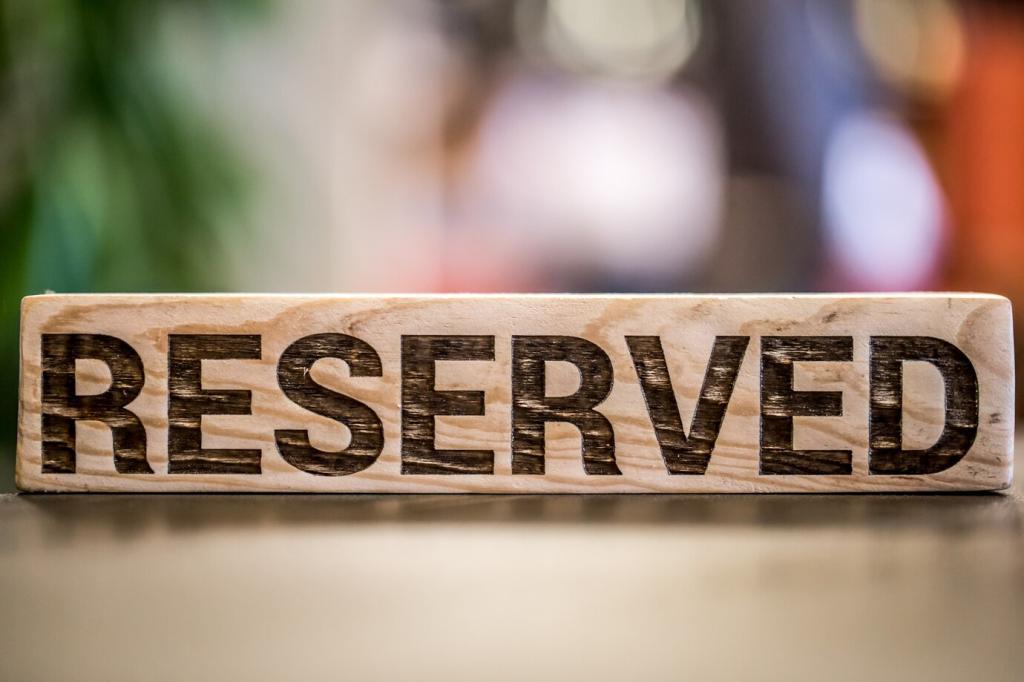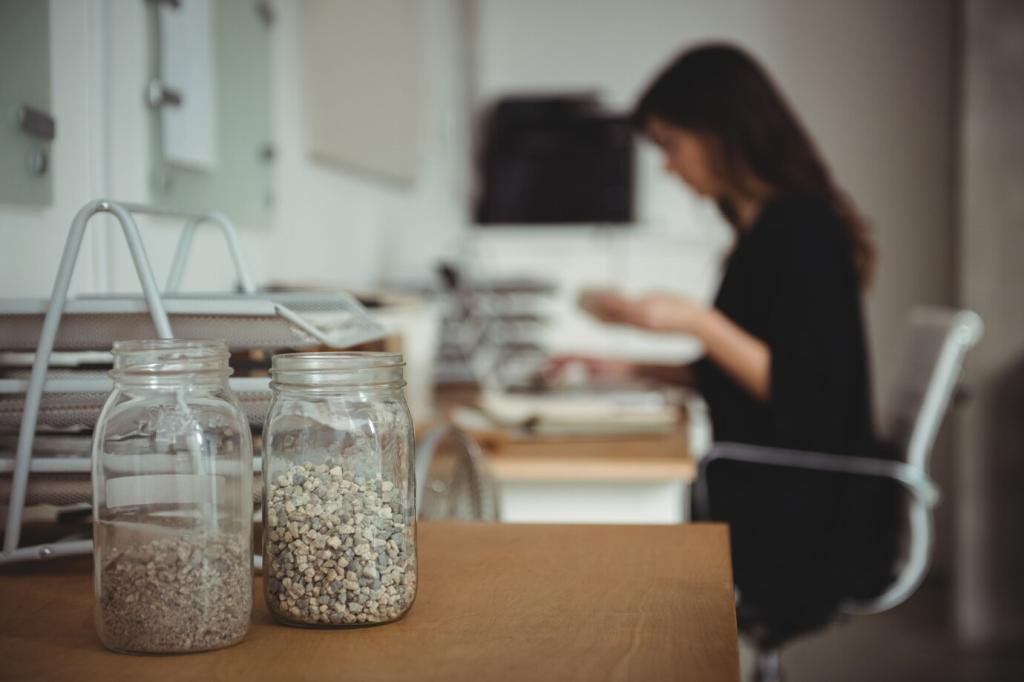Leather And Faux Leather: Gentle, Targeted Care
Dab, don’t drag, a cotton swab moistened with isopropyl alcohol along the ink line, working inward to keep it from spreading. Switch swabs constantly and stop at the first sign of dye lift. Finish with leather conditioner. Comment with your leather type; aniline and protected finishes behave differently.
Leather And Faux Leather: Gentle, Targeted Care
Light water marks can blend by evenly re-dampening the area with distilled water, then drying with a cool hairdryer while massaging gently. Follow with conditioner to restore suppleness and sheen. Avoid soaking or heat bursts. If unsure whether it’s faux leather, ask; techniques differ in crucial ways.
Leather And Faux Leather: Gentle, Targeted Care
Apply a thin layer of clay powder or cornstarch to absorb oil without forcing it deeper. Let sit overnight, brush away, and repeat if needed. Skip water, which can fix the stain. When in doubt, share photos of the grain and finish so we can suggest safer next steps.

